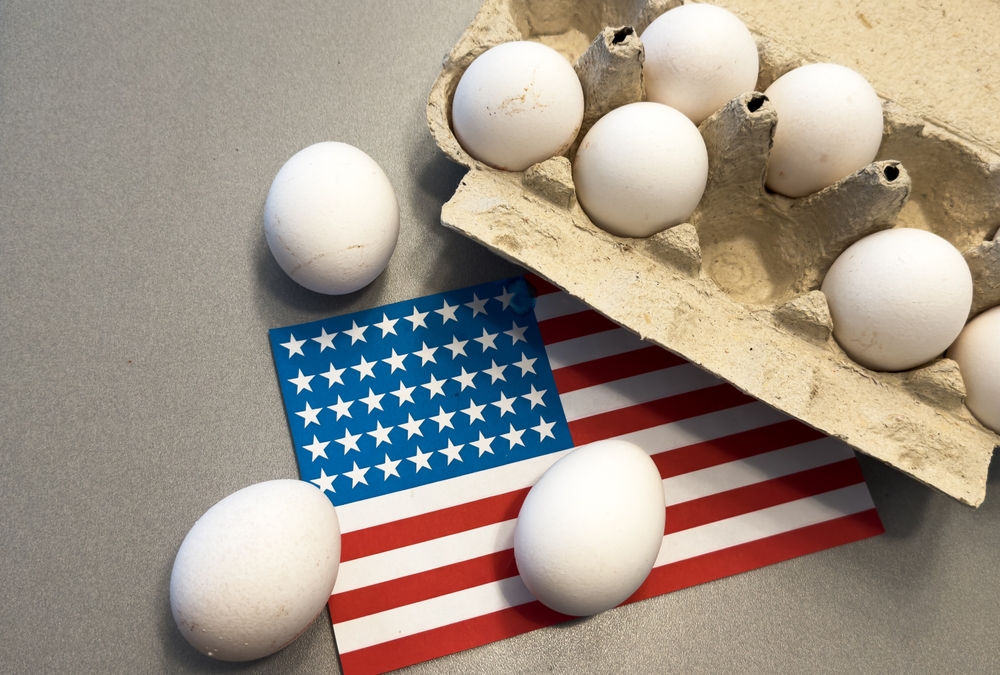Inflation has become a topic of daily conversation, as everyone feels the impact of rising prices and the cost of living increases. Fortunately, recent data suggests that inflation has slowed in previous months, driven mainly by falling grocery and gas prices. But there’s a twist: new tariffs might soon reverse these gains, sparking more price hikes and climbing costs for consumers.
This slowdown in inflation has provided temporary relief for many families, allowing them to catch their breath as they manage budgets and plan for the future. However, experts warn that this break could be fleeting as other economic forces build up. The interplay between grocery and energy prices, shelter costs, and global trade policies will continue to shape the path forward.
Understanding how these factors impact our daily lives and broader economic stability is essential. Let’s dive deeper into what’s driving these changes and what we can expect in the coming months.
Food and Energy Costs Provide Temporary Relief from Inflation
In April 2025, the Consumer Price Index (CPI) rose by just 0.2%, marking a cooling trend compared to earlier months. This brought annual inflation down to 2.3%, the lowest since early 2021. A big part of this drop came from groceries, which fell by 0.4%. Egg prices fell by a stunning 12.7%, the biggest drop in over forty years. Stabilizing poultry supplies played a huge role in this welcome decline.

At the same time, energy costs helped offset some of the pressure. Natural gas and electricity costs rose by 3.7% and 0.8% respectively. However, gasoline prices fell by 0.1%, easing the overall impact. These factors worked together to bring some relief to families feeling the pinch of economic inflation.
Core Inflation and Housing Costs Remain Stubborn
However, not everything is rosy. When we strip out the more volatile food and energy prices, core inflation held steady at 2.8% year-over-year. Housing costs, a major part of these numbers, rose by 0.3% in April alone. For many families, climbing costs in rent and mortgage payments continue to strain budgets. Medical care services also saw a 0.5% increase, and motor vehicle insurance rose by 0.6%. These areas of growing inflation remain a concern for both policymakers and consumers.
Read More: Why Using Your Credit Card for Gas Could Be Costing You More at The Pump
Tariffs Could Reverse Recent Gains
While grocery and gas prices have provided a welcome break, a new set of tariffs is poised to bring back price hikes. The Trump administration recently announced a 10% tariff on all imported goods, with even higher rates for some items, including Chinese products. As a result, the average effective U.S. tariff rate now stands at 17.8%, the highest since the 1930s.
Many economists expect the full impact of these tariffs to hit in the next few months. As importers face higher costs, they will likely pass these increases on to consumers. This could push prices up for everything from electronics to home goods. Analysts at Goldman Sachs warn that core inflation could rise to 3.6% by the end of 2025 due to these escalating prices.
The Fed’s Cautious Approach
The Federal Reserve is watching these developments closely. Although inflation has cooled for now, officials remain cautious about the potential surge in prices from tariffs. In May, the Federal Reserve decided to keep interest rates between 4.25% and 4.5%, opting for a wait-and-see approach. They noted that higher tariffs could fuel both economic inflation and slow economic growth, making decisions more complex.
Governor Christopher Waller shared that the Federal Reserve is open to rate cuts later in the year if the economy slows too much. For now, though, they’re holding steady until they see how everything unfolds.
Read More: Trump’s Tariffs Impact Unexpected Places—Including an Uninhabited Island
Consumers Show Signs of Cautious Optimism
Interestingly, consumer sentiment has started to improve slightly. The University of Michigan’s index rose to 52.2 in late May, up from 50.8 earlier that month. This optimism comes as trade tensions with China seem to have calmed, at least for the moment.
However, many consumers remain cautious. Despite the dip in grocery and gas prices, worries about climbing costs and income stability continue. For many families, even small changes in food and shelter prices can make a big difference in their monthly budgets.

Looking Ahead: Navigating Uncertain Waters
While inflation has eased a bit in recent months, the full story is far from over. The new tariffs are expected to trigger further price hikes in the near future, adding pressure to household budgets already stretched thin. The Federal Reserve’s careful approach reflects the delicate balancing act it faces: supporting growth while keeping economic inflation under control.
As we look to the coming months, it’s clear that staying informed is more important than ever. For consumers, keeping an eye on rising prices and adjusting spending habits can make a difference. For businesses and policymakers, preparing for escalating prices and the surge in costs will be crucial.
Ultimately, while recent months have offered a bit of relief, the looming effects of tariffs remind us that the fight against inflation isn’t over. Navigating these changes with flexibility and awareness will help everyone ride out the challenges ahead.
Read More: Orlando Among Top 10 Least Affordable Cities for Rent in the U.S.

